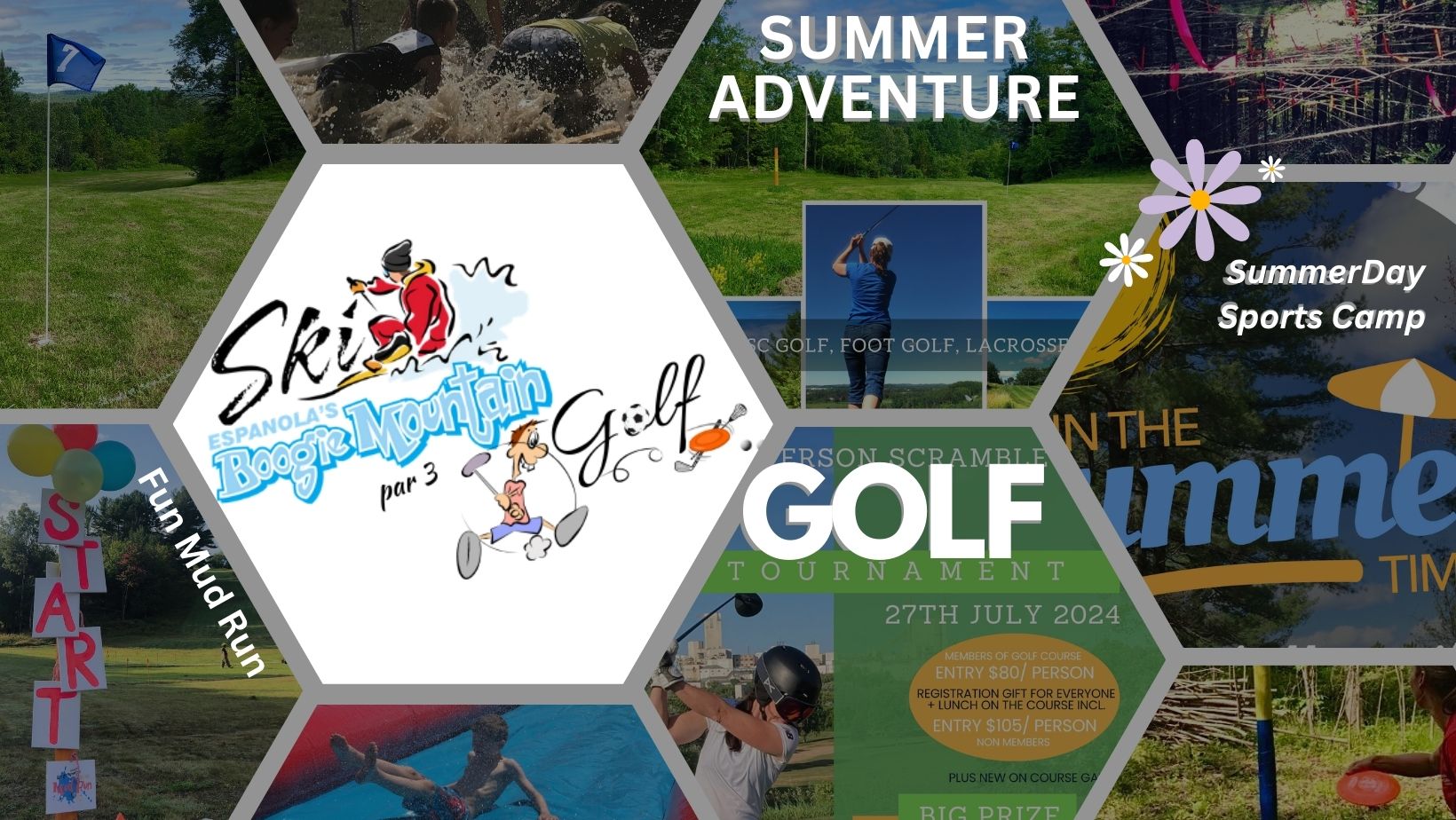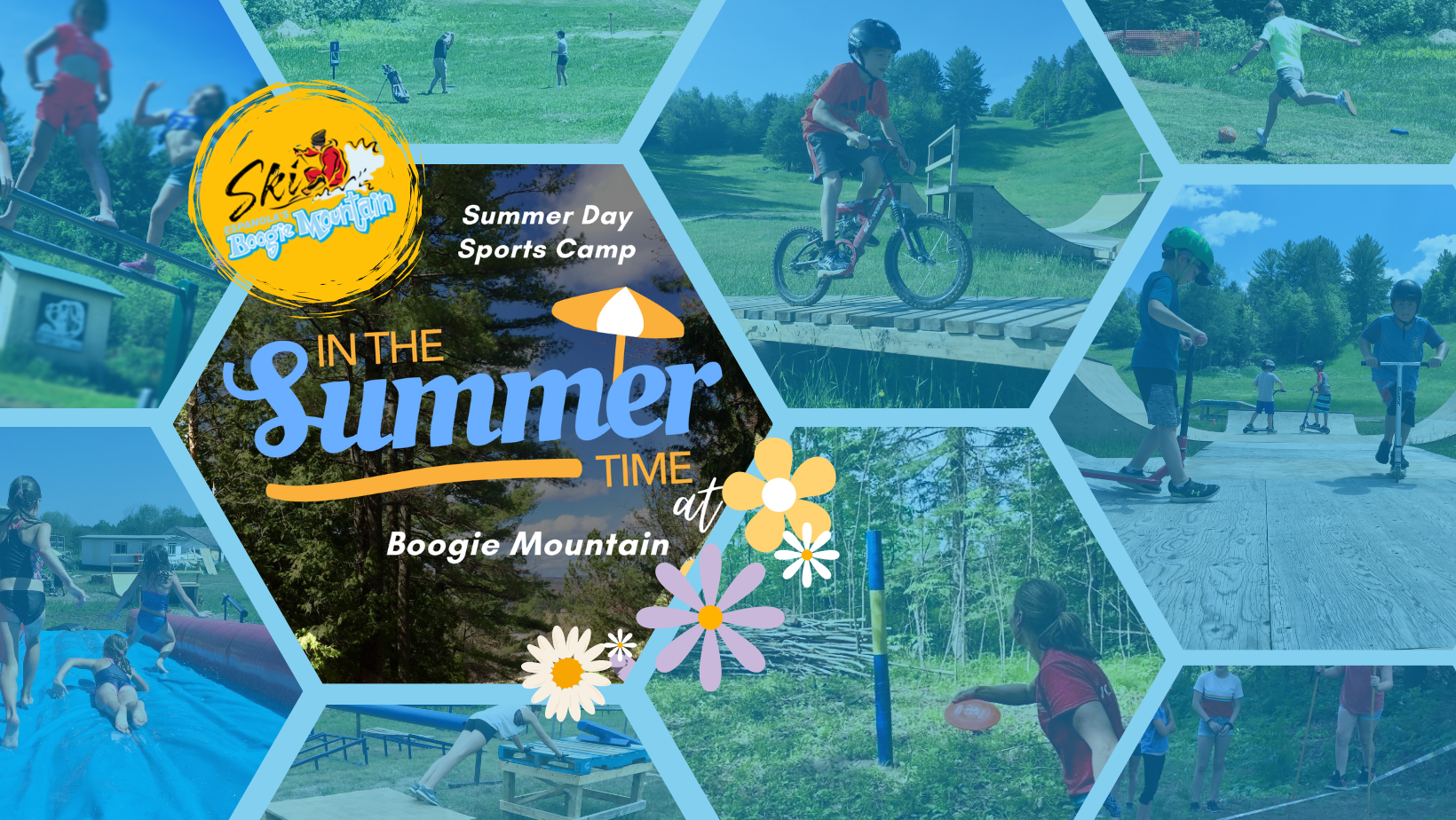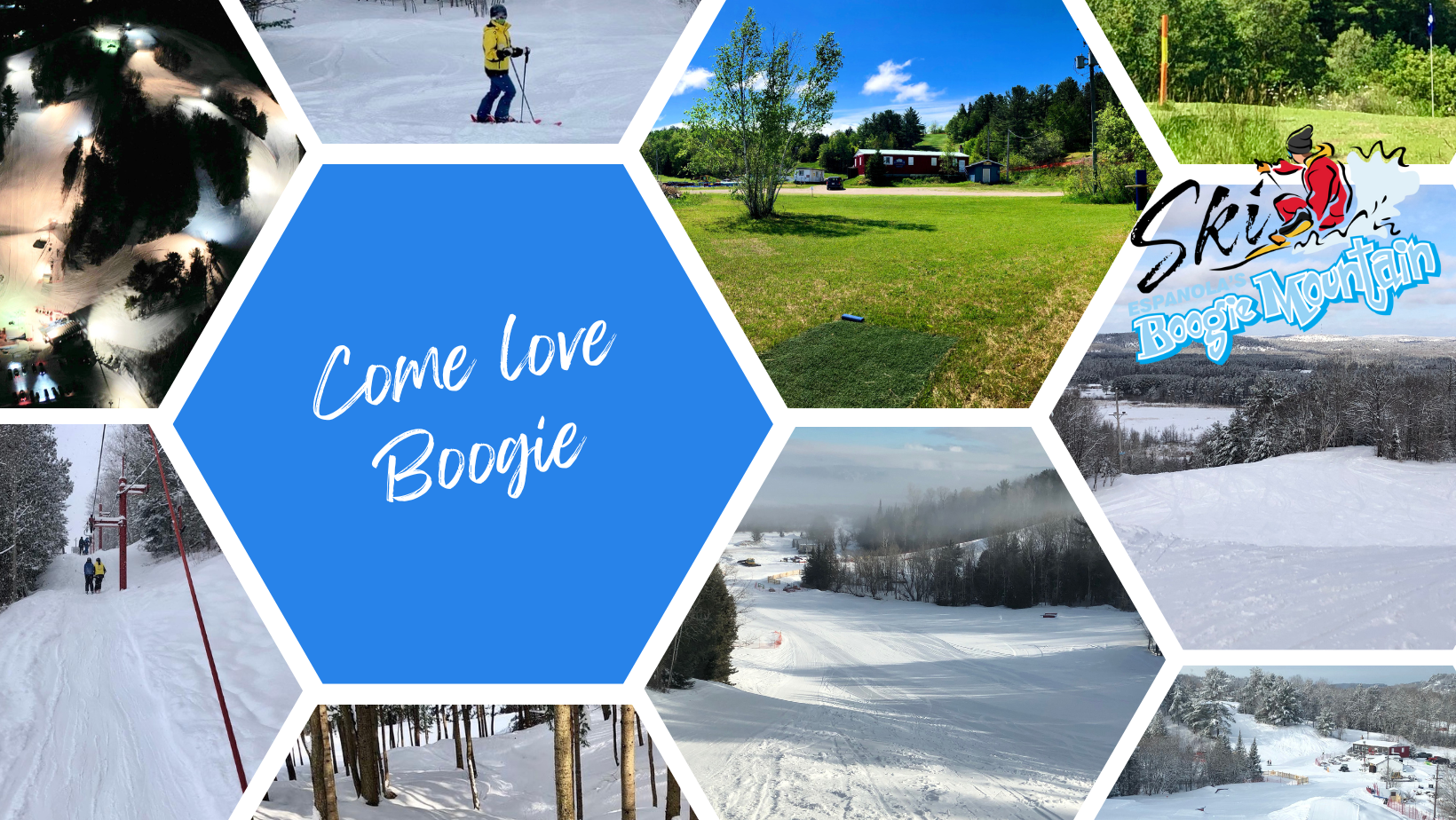How safe is skiing?Statistically, skiing is no more hazardous than bicycling or tennis. It used to be though, in the days of long, stiff wood skis, leather boots and non-release bindings. Now, with modern equipment such as shaped skis, high-support plastic boots and release bindings, skiing is much safer. |
How long will it take to learn?During your first day, you’ll learn how to turn, slow down and stop. After that you learn to ride the lifts. Our Lifts are surface lift thnat will pull you up. Once you know how to glide with ballance you will learn to ride the lift. Generally if you are trying skiing for the first time, you should be able to do quite a bit on your first day. Snowboarding is a bit more difficult the first time. However, the learning curve is much easier after just a few tries. With Boogie’s modern teaching methods, you can be past the beginner stage after three or four lessons. |
Do I have to be in shape?You don’t have to be an athlete to ski. Today, modern equipment does most of the work for you. If you do some exercises before your first ski experience, you will enjoy it more. First of all, you’ll learn faster, because you won’t tire so easily during the learning process. You’re going to fall down some while learning so you’ll bounce back faster if you’re in shape. Walking briskly, jogging, jumping rope, or stretching is best. Of course, if you have any concerns about your health you should check with your doctor. |
Should I take a lesson?Did someone teach you how to drive? Of course, it’s the easiest way to learn the “rules of the road.” At the Snow School Meeting Point, located at the wooden fence across the chalet, your Snow Pro will introduce himself and familiarize you with your equipment. During the first lesson you will learn how to walk, maneuver and control your skis/snowboard by turning, slowing down and stopping. When you are ready, the Snow Pro will show you how to ride the lifts and will ski/ride down the beginner’s slope with you. If youn like to stay after your lesson and continue practicing what you’ve already learned you will get a 25% discount of the remaining lift/rental ticket. After you have mastered the fundamental skills of skiing/riding (turning, slowing down, stopping and riding a lift), you’ll be able to explore other trails while you practice what you’ve learned. Keep to the “Easier” trails which are marked with green circles. |
Why are no kids group lessons offered?Boogie Mountain has two surface lifts that will pull the skiier/rider up to the top. As a new skiier/rider a child will need one on one assistance to tackle the task. Depending on the age, skier will learn the ballance, stopping and how to manouver around in one to three lessons, snowboarders in three to five private lessons. Than it is the time to join a group lesson and learn to ski/ride all different terrain, speeds, snowplow to parallel, carving. Ability Level “3” |
What to wear?Well no surprise here but clothes that will keep you dry and warm. That’s especially important if you end up falling a couple of times as many beginners do. The nice surprise here is that you probably have most of what you need already and other items can usually be borrowed from friends! On your first ever ski and board lesson you will move around a lot and get realy warm. Layer up so you can take off what is to warm after 20 min. We highly recommend that you stay away from wearing cotton clothing (jeans, sweatshirts, sweatpants, etc.) next to your skin, because it will absorb sweat and snow and make you cold. For that same reason, wool or acrylic socks are better than cotton athletic socks. Wear one, thin pair. Ski and snowboard boots are designed to be warm. Thick socks or multiple socks will only give you blisters. |
| Layer Up
The best way to dress for winter is to follow the 3-layer guideline of layering. Layering gives you the flexibility to add or remove layers, depending on the weather conditions and your activity level. These are the layers that you will want to wear: |
| 1. Wicking Layer
This is the layer worn next to your skin, usually consisting of long underwear. Look for thermal underwear made of a synthetic — usually polyester — fibre that has “wicking” power. This means the fibres will wick (move) moisture away from your skin and pass it through the fabric so it will evaporate. This keeps you warm, dry and comfortable. Silk is also a good, natural fabric that has wicking abilities. Even though it’s cold, you will sweat – especially if you are snowboarding or snowshoeing. |
| 2. Insulating Layer
This middle layer includes sweaters, sweatshirts, vests and pullovers. The purpose of this layer is to keep heat in and cold out, which is accomplished by trapping air between the fibres. Popular insulation materials include: Fleece, a synthetic material which maintains its insulating ability even when wet and spreads the moisture out so it dries quickly. Wool, which naturally wicks away moisture. |
| 3. Protection Layer
The exterior layer, generally a shell and pants, serves as your guard against the elements of winter. It should repel water from snow, sleet or rain and block the wind, while also letting perspiration evaporate. Most genuine winter shells and pants are made waterproof and breathable to some extent by using tightly woven fabrics teamed with a coating or laminate. This keeps moisture on the outside but allows perspiration to escape, keeping you dry and comfortable. Depending on the weather and type of winter activity you will be doing, you may be interested in uninsulated pants and jackets/shells, or garments with increasing amounts of insulation. Look for functional hoods, cuffs, pockets and zippers – details that truly make garments comfortable in a snowstorm. Although less baggy than in previous years, most snowboard clothing is still designed to fit looser than alpine ski wear, giving snowboarders freedom of movement. In addition, many snowboard pants are reinforced in the seat and knees for extra protection when kneeling or sitting on the snow. |
| For Your Head
Headwear Helmets and knit hats are the best at keeping your head warm when skiing or snowboarding. Remember what your mother told you about the amount of heat that escapes through your head and cover the noggin. If you choose to wear a helmet, keep in mind that you should select one that breathes appropriately for you as well as one that fits with your favourite goggles. We strongly recommend everybody wearing a helmet. Eyewear Protecting your eyes is a wise thing to do when skiing or riding. Sunglasses can work on those sunny spring days when you want/need to look your coolest, but goggles are suggested when it is on the colder side or snowing. |
| Clothing & Footwear
Upper Body Think breathability, think waterproof, think wind proof. Also think about whether your jacket should have a liner or if you want to layer fleece and windproof materials underneath. The layer closest to your skin should be made of some sort of wicking material so it will pull moisture (sweat) off your skin and keep your body dry. Lower Body Like your upper body, you have to think breathable, waterproof and wind/weather proof. You’ll want to put some thought into how many layers you need based on the weather on a given day, but be sure the outer layer allows for some protection against water – snow is based in water you know. Also helpful is to be sure your pants zip up on the side at least up past your boot, so you can cover the boots with the pant and keep moisture out of the boot. Hands Your choice, gloves or mittens. Definitely a preference thing. Gotta have ’em. Feet Obviously you’ll want either ski boots or snowboard boots. What goes under them is just as important. When selecting socks, splurge. Happy feet are a skier/riders best friend. The last thing you want to do is limit circulation in your feet, so keep that in mind when thinking about the thickness in your socks. To wiggle your toes is divine. |
When should I call “last run?”Always think twice before making that “last run of the day.” Skiing and snowboarding involve lots of physical exertion, and you’ll be tired toward the end of the day. That’s the time when concentration starts to slip and accidents occur. Think before you head for that last run, and if you’re tired, pack it in for the day. That way you can be sure that you’ll be able to enjoy another day of fun on the slopes. |



